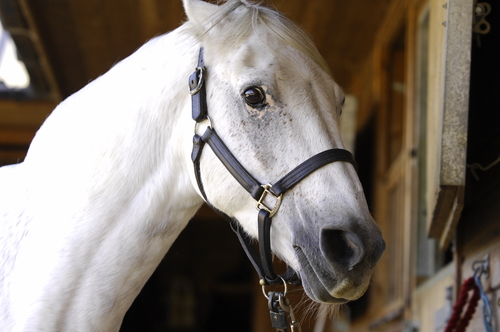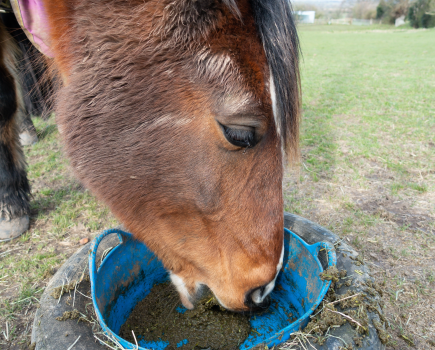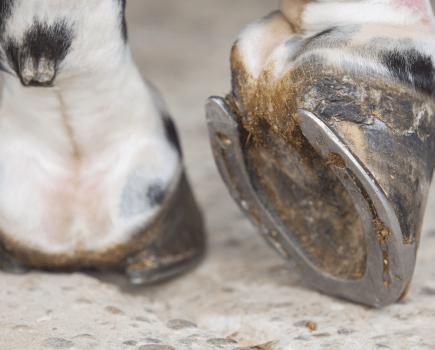Colic is the worst nightmare for many a horse owner. While there are many different reasons for a horse displaying clinical signs of colic (colic simply means ‘abdominal pain’) and colic may occur at any time of year, there are certain types of colic that are more likely to occur as the cold weather hits.
Impaction colic is more likely to strike at this time of year. Amelia Stevens DrMedVet MRCVS explains what to look for and what your vet will need to know.
Signs of colic
If your horse displays any clinical signs of colic, call your vet immediately.
Early signs:
- Less enthusiastic about eating or not eating at all
- Passing fewer droppings than normal
- Quiet and lethargic
- Looking around at their flank, kicking at their belly or pawing the ground
Progressive signs:
- Patchy sweating
- Attempts to lie down and roll
- Lying on their back
- Fast, shallow breathing with flared nostrils
- Spasms of severe pain that cause violent rolling and groaning
- Distension of the abdomen
In an emergency
- Stay calm and call your vet.
- Remove hay/ food but allow access to water.
- If clinical signs are mild, keep the horse stabled on a thick bed.
- Let the horse stay lying down if they’re quiet.
- Walk them gently for a few minutes to distract them from rolling.
- If they are rolling violently in a stable, when it’s safe to do so, move them to an open space, such as a field or arena, so that they don’t risk getting cast in the stable.
What you need to tell the vet
- When did the horse last pass droppings and what was the consistency?
- Are there any stomach noises?
- Is the pain intermittent or continuous?
- Have there been any changes in diet recently?
Check out our Christmas subscription offer – the perfect gift for a horse lover!









